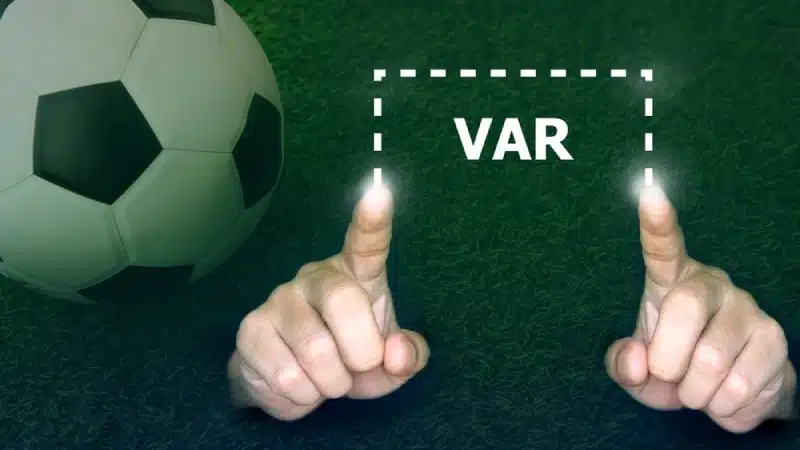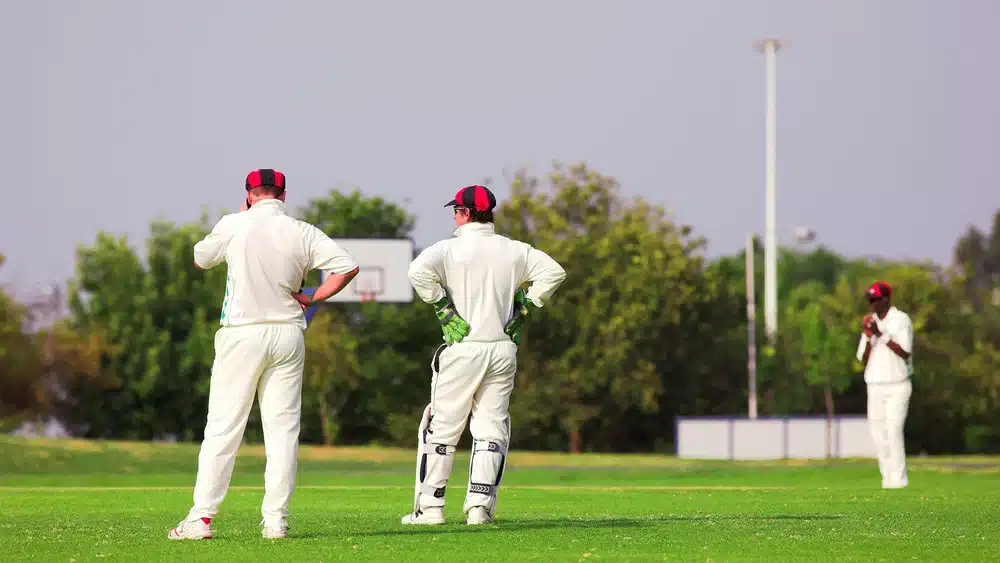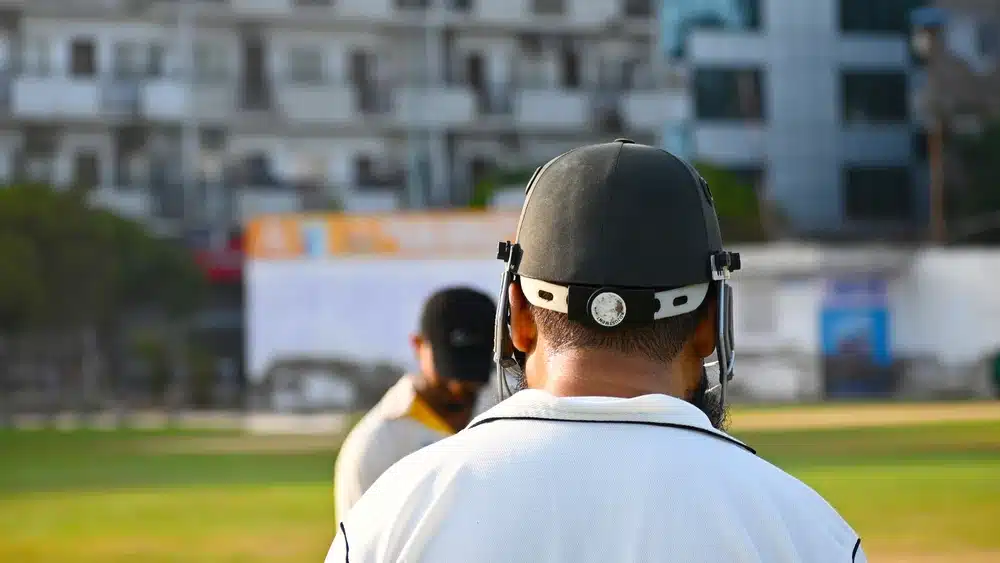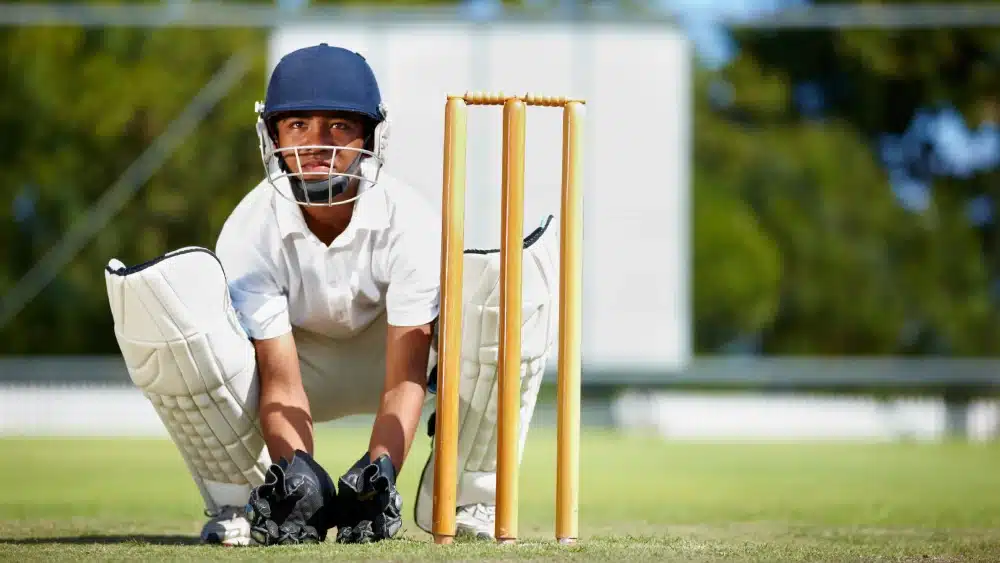VAR in football: The sport’s most talked-about technology

In football, every moment counts. A single goal or foul can turn a team’s hope into heartbreak in just seconds. That’s why the Video Assistant Referee (VAR) came into play. Introduced to bring more fairness to the game, this tech aims to help football referees make better calls by using video footage.
Since its launch, VAR has corrected key game errors, some even deemed crucial for a win. Yet, despite all the good it’s done, it remains one of the most argued tech tools in the football field. Fans, players, and coaches often clash over whether it helps or ruins the flow and feel of the match.
Dive into the story of VAR. Discover what it is, how it works behind the scenes, and the big football moments where it either made history or caused backlash.
What is VAR?
The Video Assistant Referee is a support system designed to help match referees review major decisions. It is a team of three people, assisted by video technology, who revisit key incidents during a match, especially those that could impact a match result.
Think of VAR as a second pair of eyes. It’s not there to replace the main referee and take over the game. Instead, it works like a safety net that catches big mistakes before they can affect the final score. The main referees still oversee the match; the VAR is only there as a backup when things get unclear.
The use of VAR in football was introduced during the 2018 FIFA World Cup, following its inclusion in the 2018/19 edition of the Laws of the Game. Since then, the system has been used in over 100 competitions worldwide.
How does VAR work?
The VAR review follows a simple three-step process:
- Incident occurs
A possible mistake or controversy happens on the pitch. It could be a foul, offside, or handball. The referee can request a review, or the VAR team can recommend one if they spot an error.
- Review by the VAR team
The VAR team replays the footage from various camera angles. They confirm whether the decision was wrong or not. The VAR head then notifies the main referee about it.
- The referee makes the final call
The main referee receives the team’s verdict. If unsure, they can also review the footage from the pitch-side monitor to double-check before making a final call.
To break this down, here are some key factors and considerations that keep the VAR process fair and accurate.
When is VAR used?
Unlike other sports, where video reviews are only presented when asked by a referee or players, VAR monitors each match nonstop. They’d instantly alert the referee in case a wrong call was made or if there had been an overlooked mistake.
However, the VAR doesn’t get involved in every play. It can only step in during four key incidents on the pitch where ‘a clear and obvious error’ is likely to occur:
- Goals: Checks if a foul, offside, or handball occurred before the team scored a goal.
- Penalty: Confirms whether a foul happened inside the box or a penalty was wrongly given or denied.
- Direct red cards: VAR is also used to judge if a serious foul deserves a straight red card. The team also checks for possible red-card incidents that the referee might have given a yellow card for.
- Mistaken identity: Fixes cases where the wrong player is shown a yellow or red card.
Timing rules for VAR intervention
Timing plays a big part in how VAR works. The team must flag an issue as quickly as they can, as they can only intervene in the match after the ball goes out of play. Once the game restarts, though, the chance to use VAR for that play has passed, and any calls made can’t be overturned.
For instance, if the VAR team spots an incident as the ball goes out of play, they must notify the referee to pause the game until it is dealt with. Otherwise, no reviews or calls can be made unless it’s a case of mistaken identity.
Moments caught on VAR
Since its debut in 2018, VAR has captured some of football’s most dramatic moments. It has helped referees make the right call, but also triggered outrage from fans and players due to errors or missed calls.
In the Premier League, there has been a drop in incorrect VAR calls. From 23 mistakes last season, the 2024-25 season has only seen 10 so far. Even so, fans still call out flaws in how VAR handles real-time decisions. The loudest comments are all about missed fouls, inconsistent offside lines, and long delays.
Here are some of the most talked-about VAR calls that still get football fans debating:
- RB Leipzig vs Real Madrid (UCL 2024)
Leipzig scored a goal early in the game, thanks to Benjamin Šeško. However, the VAR flagged an offside in the build-up, which meant the goal was ruled out. The call made fans and the club itself furious for questioning a clearly kicked goal. The match ended in a Real Madrid win at 1-0.
- Wolves vs Man Utd (EPL 2023-24)
In stoppage time, the Utd goalkeeper André Onana collided with Wolves player Sasa Kalajdzic inside the box. Despite loud protests, neither the referee nor the VAR awarded a penalty. A later review admitted that one should have been given after PGMOL manager Jonathan Moss said it was a mistake. The Wolves lost the match 1-0.
VAR in football: Its future or flaw?
VAR was built to make football fairer, and in many cases, it has. It helped clear up mistakes, which then led to major trophies and careers. Still, no system is perfect. Football authorities are working hard to refine VAR for future seasons. You may love or hate the VAR, but one thing’s sure: it will always be a part of football’s identity.













